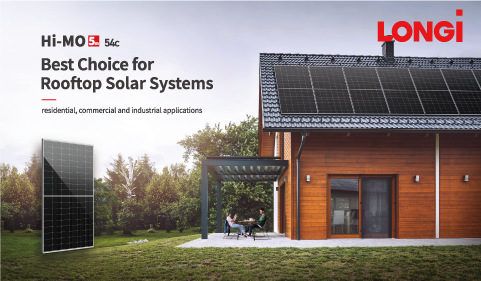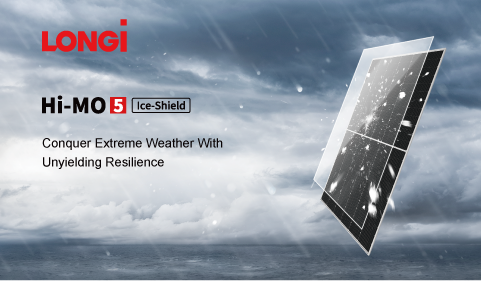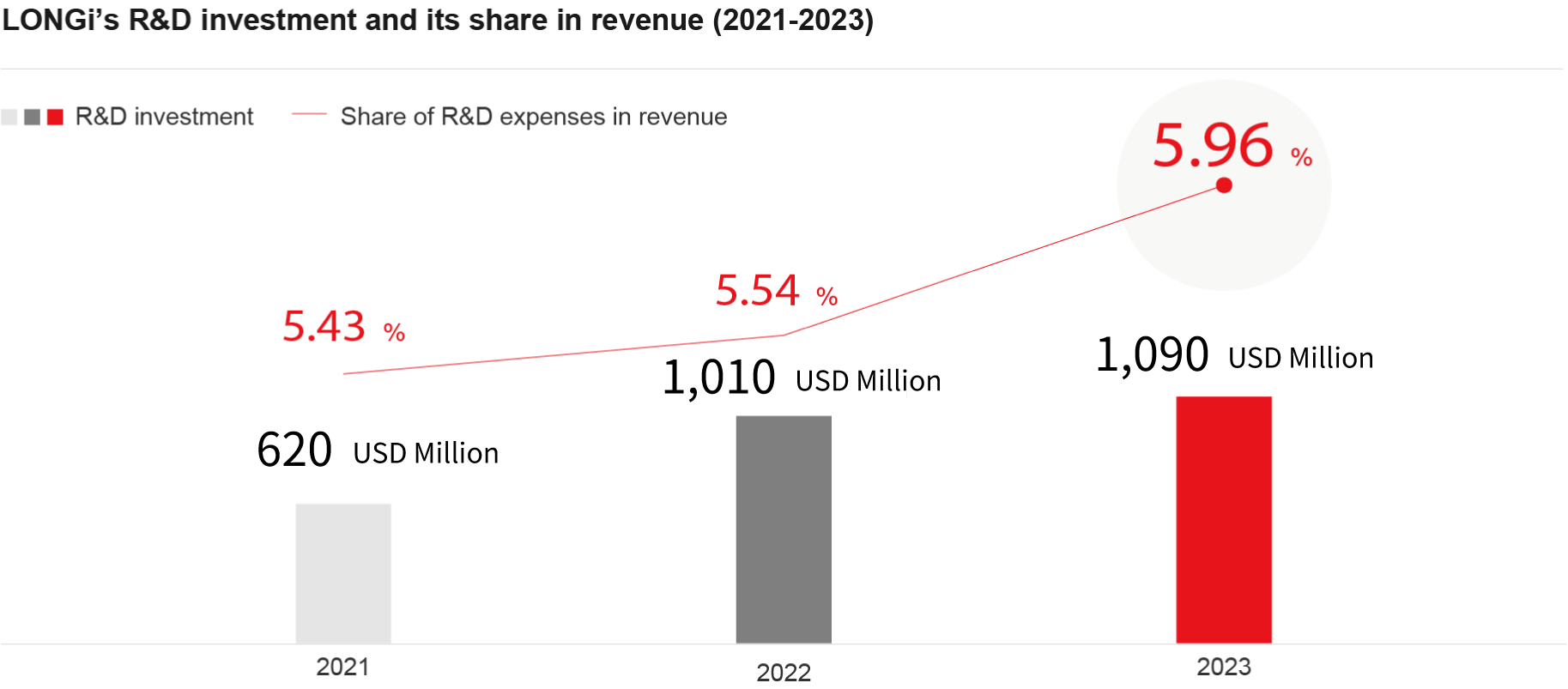
R&D Innovation
LONGi has established a sound management system for R&D innovation. We have formulated management system policies, including the Management Measures for Technological Innovation, Management Measures for Technological Planning and Management Measures for Technological R&D Projects, as well as 41 system policies for technological R&D process, covering aspects such as R&D resource allocation and innovative project management, etc.
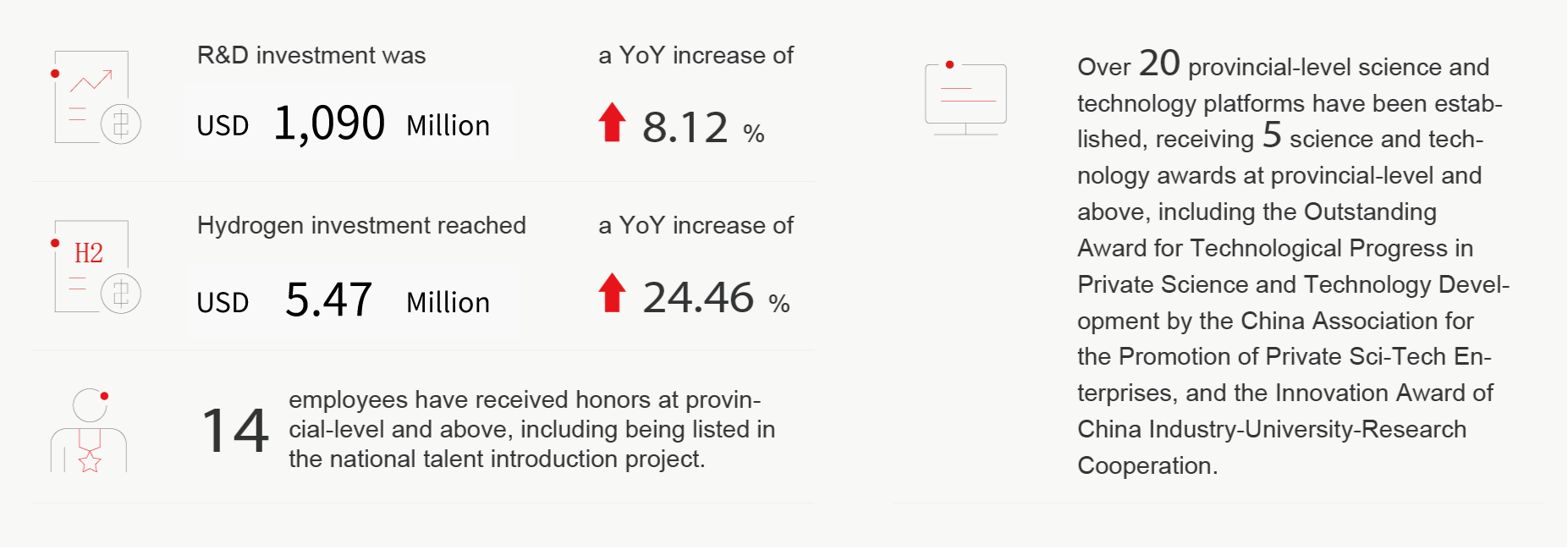
We prioritized R&D investment in clean technology, set annual R&D plans and targets, and provided financial guarantees. Meanwhile, we also offered innovation training courses for technical personnel. Our Golden Seed Program, a series of innovation training courses launched in 2023, covering 271 employees and completing 22 innovation incubation projects in total.
Innovation in silicon wafers
Silicon wafers are indispensable in cell development, whose quality directly impacts the yield and conversion efficiency of cells. Despite the slower improvement of silicon wafer performance across the PV sector in recent years, LONGi has long been striving to meet the demands of high-efficiency cells through R&D and innovation. In March 2024, LONGi launched the Tairui wafers. These wafers feature significant advantages such as suitable for multiple cells, more concentrated resistance distribution, and more effective metal impurity absorption, marking an innovative breakthrough in silicon wafer technology unseen in nearly a decade.
Innovation in cells
With extensive expertise in PERC1, HJT2, TOPCon3, and HPDC4 cell technologies, LONGi firmly committed itself to the BC5 cell technology among the crystalline silicon cell technologies and constantly increased its R&D investment. A BC cell technology matrix covering HPBC6 and HBC7 is gradually being formed, among which the efficiency of HBC cells set a new world record in 2023. In particular, LONGi has made significant strides in improving the efficiency of crystalline silicon-perovskite tandem cells, setting a new world record of 33.9% in November, after the announcement of 31.8% in May and 33.5% in June.
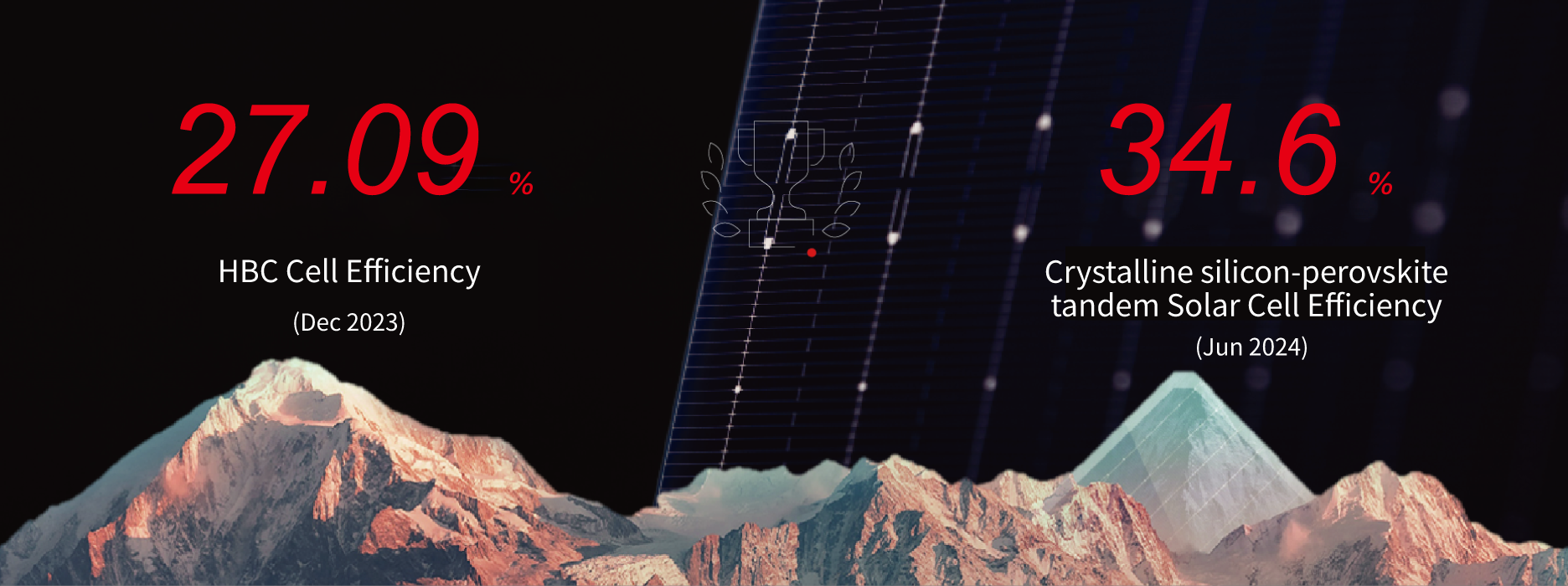
- In November, the crystalline silicon-perovskite tandem solar cells independently developed by LONGi has reached an efficiency of 33.9%, once again setting a new world record. Such technology was included in the Best Research-Cell Efficiencies Chart released by the National Renewable Energy Laboratory (NREL) in the U.S., and the Solar Cell Efficiency Table by Professor Martin A. Green, the “Father of Solar Energy”.
- In December, the 27.09% efficiency of HBC cells, developed independently by LONGi, setting a new world record for single junction crystalline silicon, breaking the 26.81% efficiency record it announced in November 2022 in just about one year. In addition, LONGi has developed an ultra-thin TCO8 layer with reduced indium usage, lessening dependency on traditional indium-based transparent conductive oxide layers (ITO) and lowering process costs compared to bifacial heterojunction solar cells.
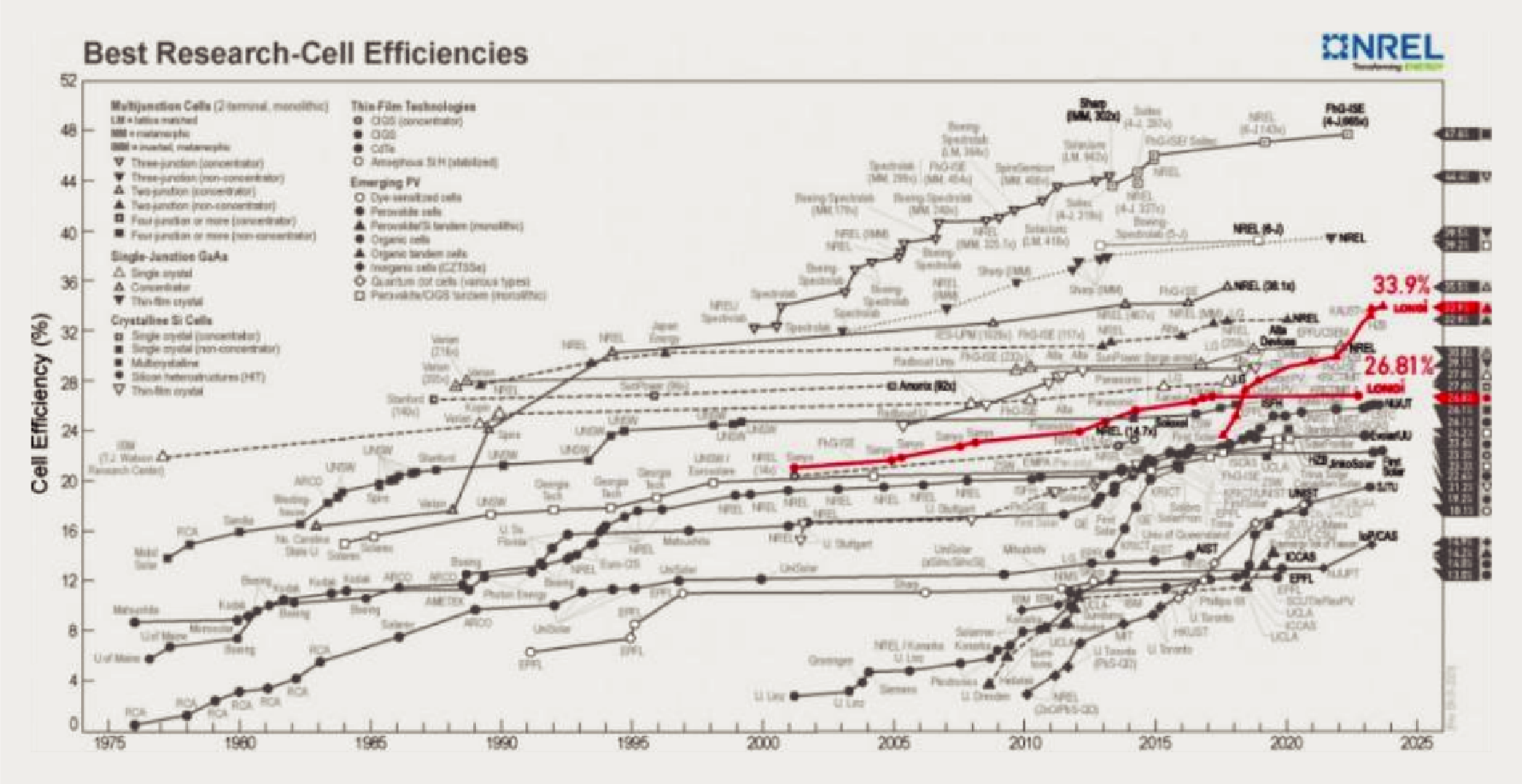
Innovation in modules
Based on advanced cell technologies, we upgraded our process and modified structures of PV modules, providing several high-performance products capable to operate in various complex environment in 2023.


